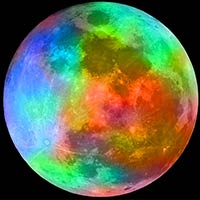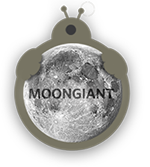
Full Moon and New Moon for February 2022
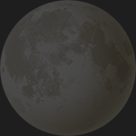 | New Moon February 1 - 05:46 UTC  | |
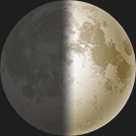 | First Quarter February 8 - 13:50 UTC  | |
 | Full Moon February 16 - 16:57 UTC  | |
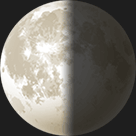 | Last Quarter February 23 - 22:32 UTC  |
| ⟨ |  New Moon February 1 05:46 UTC |  First Quarter February 8 13:50 UTC |  Full Moon February 16 16:57 UTC |  Last Quarter February 23 22:32 UTC | ⟩ |
February 2022 Moon Details
The Full Moon for this month will occur on Wednesday, February 16th. The New Moon is earlier in the month on Tuesday, February 1st.
Local Date and Time for February 2022 Full Moon in major cities around the world:
Los Angeles,
San Francisco,
Vancouver
February 16, 2022
8:57am PST
Denver,
Salt Lake City,
Calgary
February 16, 2022
9:57am MST
Chicago,
Houston,
San Antonio
February 16, 2022
10:57am CST
New York,
Toronto,
Atlanta
February 16, 2022
11:57am EST
London,
Manchester,
Dublin
February 16, 2022
4:57pm GMT
Paris,
Rome,
Berlin
February 16, 2022
5:57pm CET
Athens,
Istanbul,
Helsinki
February 16, 2022
6:57pm EET
Dubai,
Abu Dhabi,
Muscat
February 16, 2022
8:57pm +04
Bangalore,
Mumbai,
New Delhi
February 16, 2022
10:27pm IST
Singapore,
Kuala Lumpur
February 17, 2022
12:57am +08
Perth,
Hong Kong,
Beijing
February 17, 2022
12:57am AWST
Sydney,
Brisbane,
Melbourne
February 17, 2022
3:57am AEDT
